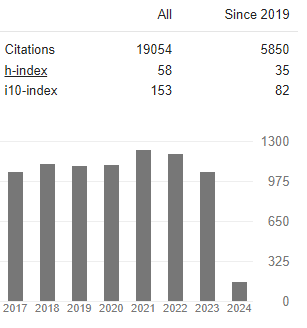Paradigm Shift Between Micro Biota & Micro Biome: A Key Role in The Adaptation of Mammals to Their Diverse Lifestyles
Abstract
Dr. Dhrubo Jyoti Sen & Dr. Dhananjoy Saha
Your 'gut micro biome' is made up of the trillions of microorganisms and their genetic material that live in your intestinal tract. These microorganisms, mainly comprising bacteria, are involved in functions critical to your health and wellbeing. Micro biota are the range of microorganisms that may be commensal, symbiotic, or pathogenic found in and on all multicellular organisms, including plants. Micro biota include bacteria, archaea, protists, fungi, and viruses, and have been found to be crucial for immunologic, hormonal, and metabolic homeostasis of their host. The term micro biome describes either the collective genomes of the microbes that reside in an ecological niche or within the microbes themselves. Micro biota is usually defined as the assemblage of living microorganisms present in a defined environment. As phages, viruses, plasmids, prions, viroids, and free DNA are usually not considered as living microorganisms, they do not belong to the micro biota. The micro biome comprises all of the genetic material within a micro biota (the entire collection of microorganisms in a specific niche, such as the human gut). This can also be referred to as the metagenome of the micro biota".





